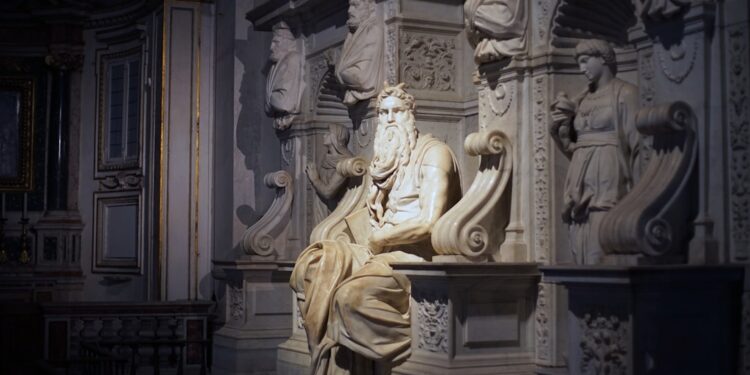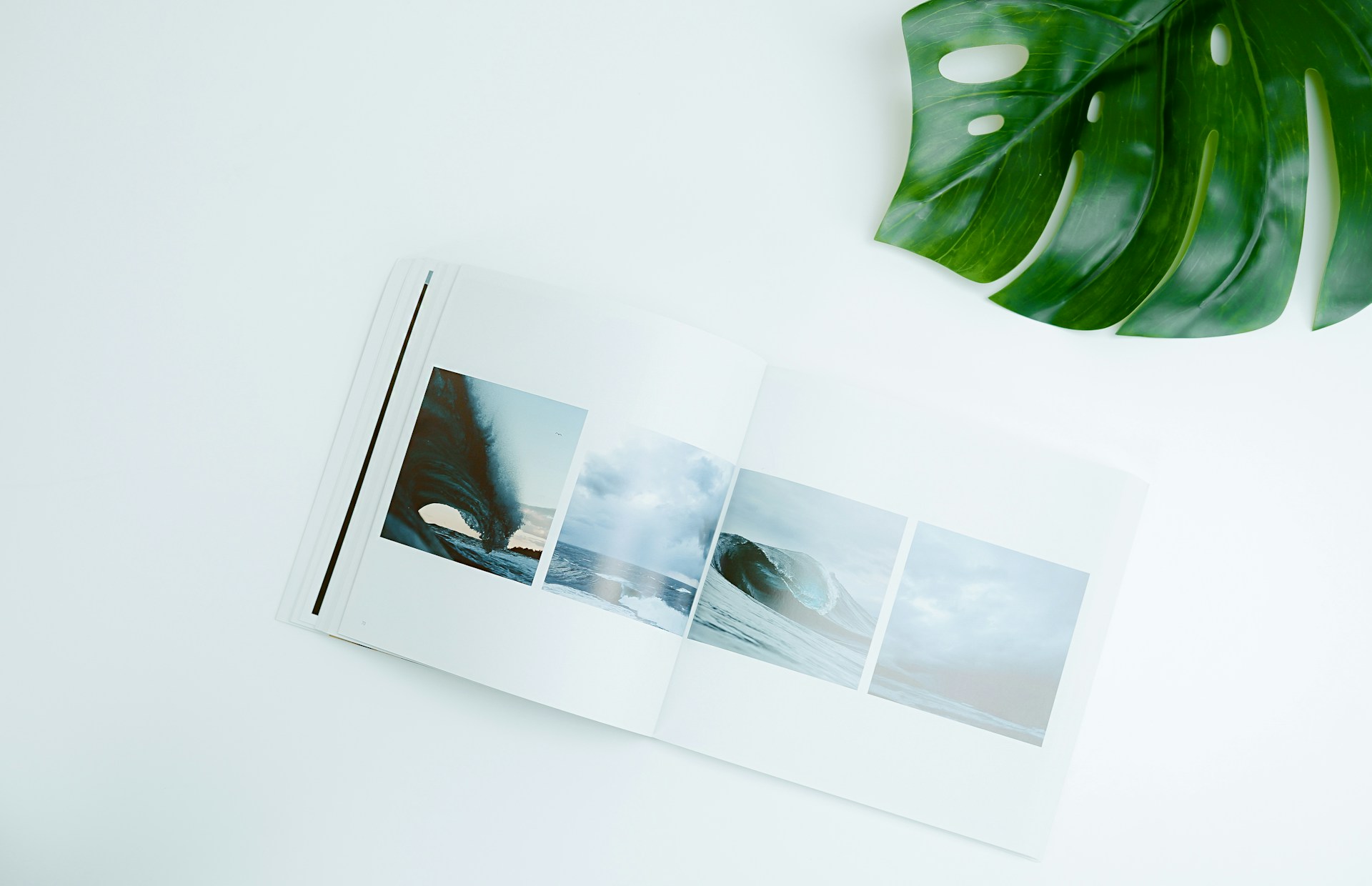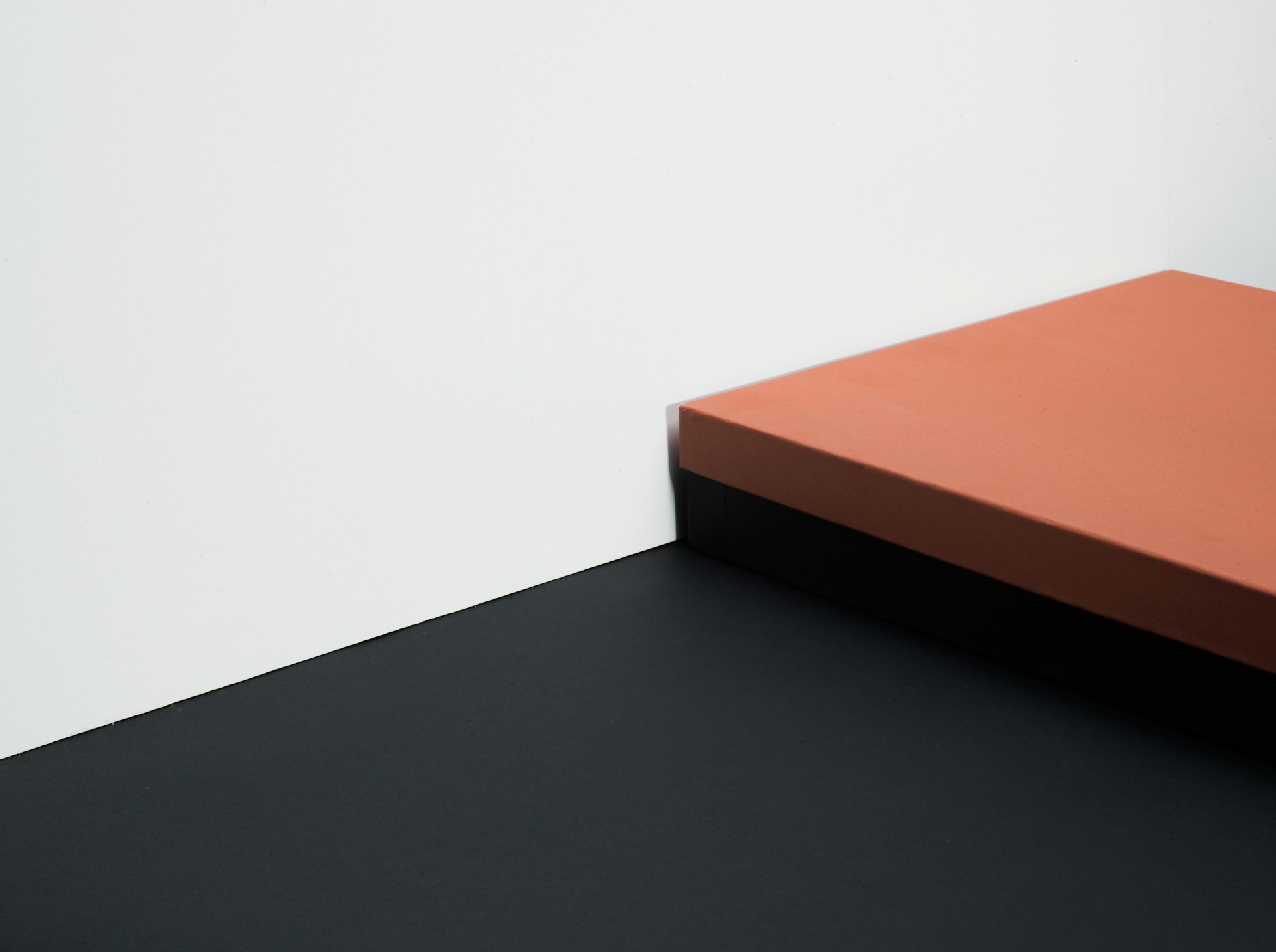Have you ever wanted to learn how to draw realistic portraits but didn’t know where to start? Drawing portraits can be a challenging task, but with the right techniques and practice, anyone can create beautiful and lifelike artwork. In this blog post, we will explore the step-by-step process of drawing realistic portraits, from selecting the right materials to capturing the subtle details that bring a portrait to life.
Materials
Before you start drawing a realistic portrait, it’s important to gather the right materials. Here are some essential tools you will need:
– High-quality pencils in various hardness grades (e.g., 2B, 4B, 6B)
– Paper (preferably heavyweight paper or sketchpad)
– Erasers (kneaded eraser, pencil eraser)
– Blending tools (tortillon, blending stump)
– Reference photo (a high-resolution photo of the subject you want to draw)
Choosing a Subject
When choosing a subject for your portrait, consider selecting a photo of someone with strong facial features and interesting lighting. This will allow you to capture the details and shading that make a portrait more realistic. You can also choose to draw a self-portrait or a portrait of a friend or family member.
Sketching
Start by lightly sketching the basic outlines of the face. Pay attention to the proportions of the face, such as the placement of the eyes, nose, and mouth. Use a light pencil (e.g., a 2B pencil) to draw the initial sketch, as you will need to make adjustments as you progress.
Shading
Once you have the basic outlines of the face, it’s time to start shading. Pay close attention to the light source in the reference photo and use shading to create depth and dimension in the portrait. Start by shading the darkest areas first, such as the hair and shadows under the chin and nose.
Use a softer pencil (e.g., a 6B pencil) to create darker tones and a blending tool to smudge the pencil lines for a more realistic look. Experiment with different techniques, such as hatching and cross-hatching, to create texture and depth in the portrait.
Details
As you work on the portrait, pay attention to the details that make the face unique. Focus on capturing the subtle lines and wrinkles, the highlights in the eyes, and the texture of the skin. Take your time and work slowly and methodically to ensure that the portrait looks realistic.
Erasers
Don’t be afraid to use erasers to refine your portrait. Erasers can be used to lighten areas that are too dark or to add highlights to the portrait. A kneaded eraser is a versatile tool that can be shaped to erase small details, while a pencil eraser can be used to create sharp highlights.
Practice
Drawing realistic portraits takes practice, so don’t be discouraged if your first attempts aren’t perfect. Keep practicing and experimenting with different techniques to improve your skills. Take your time and focus on capturing the essence of the subject in your portrait.
Tips for Drawing Realistic Portraits
– Study facial anatomy to understand the structure of the face and how different features are connected.
– Practice drawing from life to improve your observation skills and capture the unique characteristics of each face.
– Experiment with different techniques and materials to find what works best for you.
– Take breaks and step back from your work to view it with fresh eyes.
In conclusion, drawing realistic portraits is a challenging but rewarding art form. By following the steps outlined in this blog post and practicing regularly, you can develop the skills needed to create lifelike portraits that capture the essence of your subject. Remember to be patient, take your time, and most importantly, have fun with your artwork. Happy drawing!














